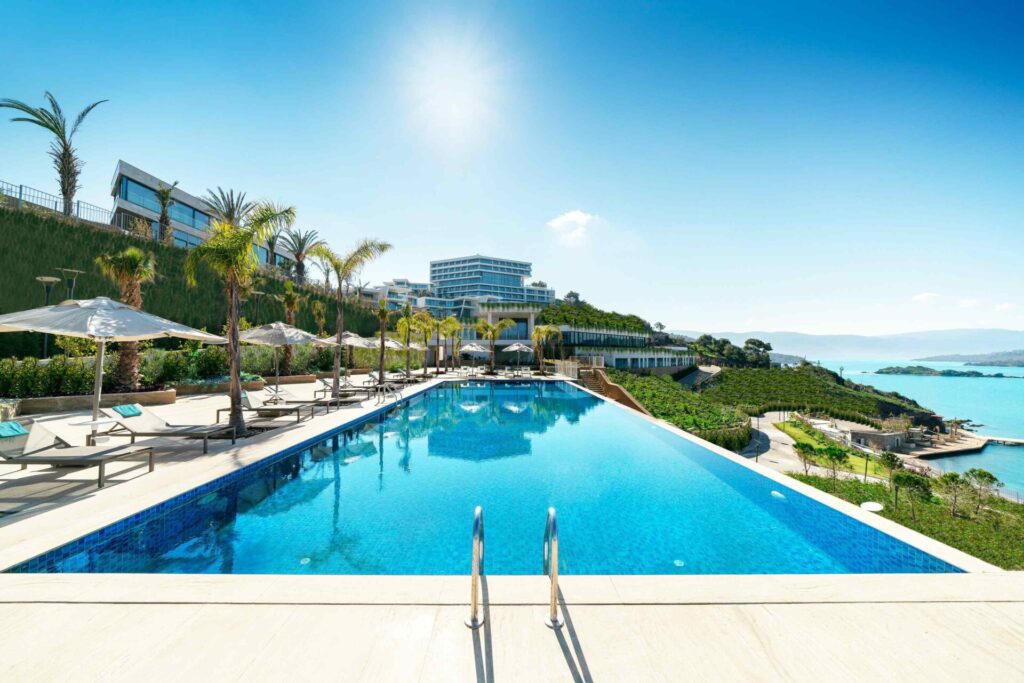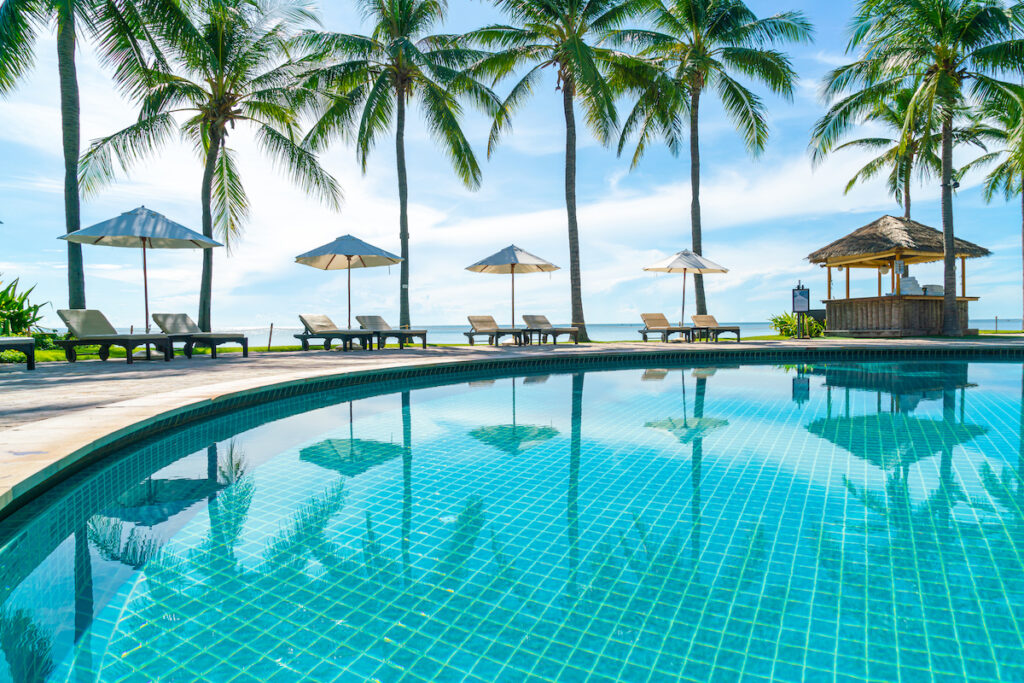There is some confusion or lack of knowledge regarding regulatory development and safety in public swimming pools. Many of the professionals responsible for managing these facilities are up to date on the main requirements established by both the National Royal Decree on Swimming Pools and the corresponding Regional Royal Decree for the location of their aquatic facility, primarily focusing on hygienic-sanitary aspects and lifesaving.
This is not the case for the design and operation of these public swimming pools, which are covered by the EN standards that we will outline in this and a subsequent post. These standards are adaptations of common EN European standards for a large number of countries.
In this post, we will identify the main points of the EN 15288 standard – Public Swimming Pools. This standard is divided into two essential parts that address both the design and the operation of these facilities.
Safety in Pool Design: Key Points Addressed in the Standard
The first part of the EN 15288 standard that we are analyzing focuses on design requirements related to safety. Among the various aspects examined, capacity is one of the main factors, as it establishes the maximum allowable capacity to ensure a safe environment. The implementation of public information systems is another equally important aspect, providing users with guidance on safety rules and the proper use of the facilities.
The materials used in construction must meet high standards of quality and resistance to the specific conditions of an aquatic environment. Safety in barefoot areas is essential, as well as the finishes in wet areas, which must be slip-resistant to prevent accidents. Common areas for bathers and circulation routes are another highlighted point, establishing that they must be clearly delineated to facilitate movement and avoid congestion.
Additionally, the design of steps and ramps must allow safe access for all users. Protruding structures, such as walls and pillars, must be integrated properly to reduce any potential risk. Furthermore, the specifications for the beaches or platforms of the pool basin, as well as the edge of the basin, must comply with relevant regulations to ensure the overall safety of the space.
Now focusing on additional safety points beyond the pool basin itself, pool covers are another key element to prevent possible falls and drownings in the absence of supervision or outside of operating hours. Lastly, the rooms designated for the storage of chemicals and filtration must be designed with utmost care, ensuring the quality of the water and the safety of users. This point is closely linked to the hygienic-sanitary requirements of the aforementioned national and regional legislation.
Finally, for those responsible for managing a water park that includes a wave pool, there are specific additional requirements in this part 1 of the EN 15288 standard we are analyzing, mainly concerning specific conditions to protect bathers from entrapment or suction.

Operating Requirements for Public Swimming Pools
The second part of the EN 15288 standard focuses on the safety requirements necessary for the operation of swimming pools. Having a safety management system that all related professionals are aware of is essential, allowing for the addressing of non-conformities through corrective and preventive measures.
Another point addressed in the standard is that establishments must develop a hazard identification protocol, as this allows for the implementation of protective procedures that reduce user risks during operation. Similarly, the company must establish clear access and capacity requirements for all swimming pools, as well as specific provisions for supervision in the areas adjacent to the pool. This supervision is essential to ensure the presence of trained personnel who can monitor user safety at all times.
The operational requirements of the EN 15288 standard will vary depending on whether the pools are supervised or not. In the case of rentals to third parties, additional requirements must be implemented for the control of the facilities and associated technical equipment. Emergency response protocols must be clearly defined and communicated, ensuring that all users and staff are prepared for any eventuality.
Finally, it is essential to provide clear and accessible information to users, as well as visible safety signs, which contribute to fostering a safe and comfortable environment for everyone.
If you would like to carry out the inspection and safety certification of your pool, please feel free to contact us. Alternatively, if you want more information about the certification, visit our website.
At The Fun Lab, we will be happy to assist you and help you with any needs related to an aquatic leisure project. Continue exploring our blog to stay updated on our news, technical articles, and projects.



